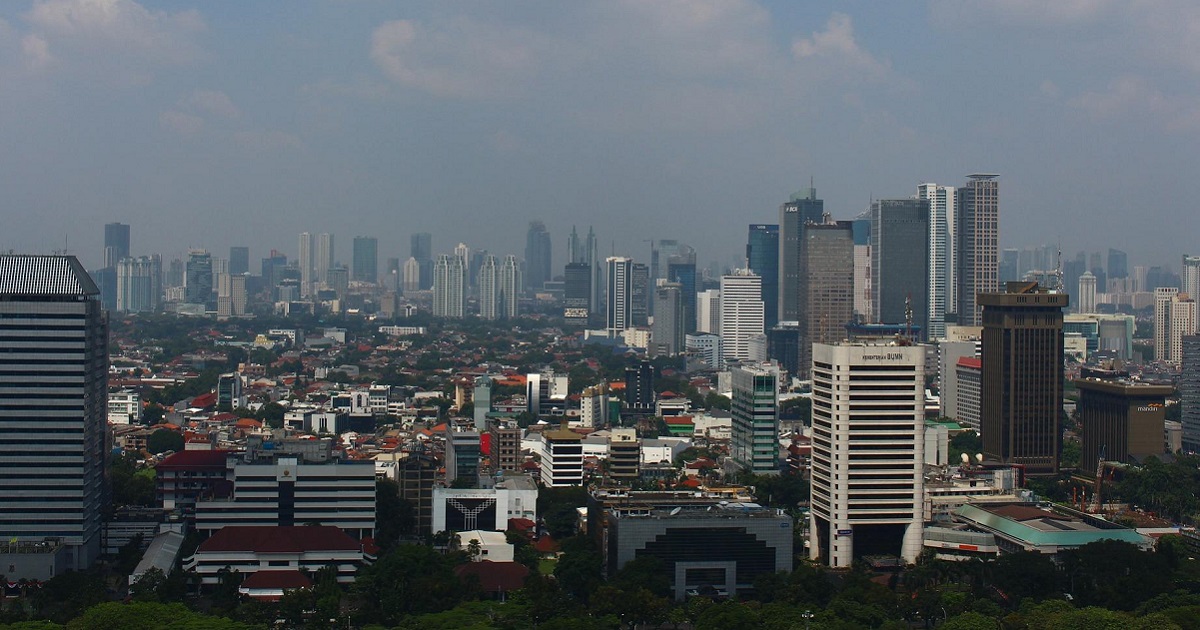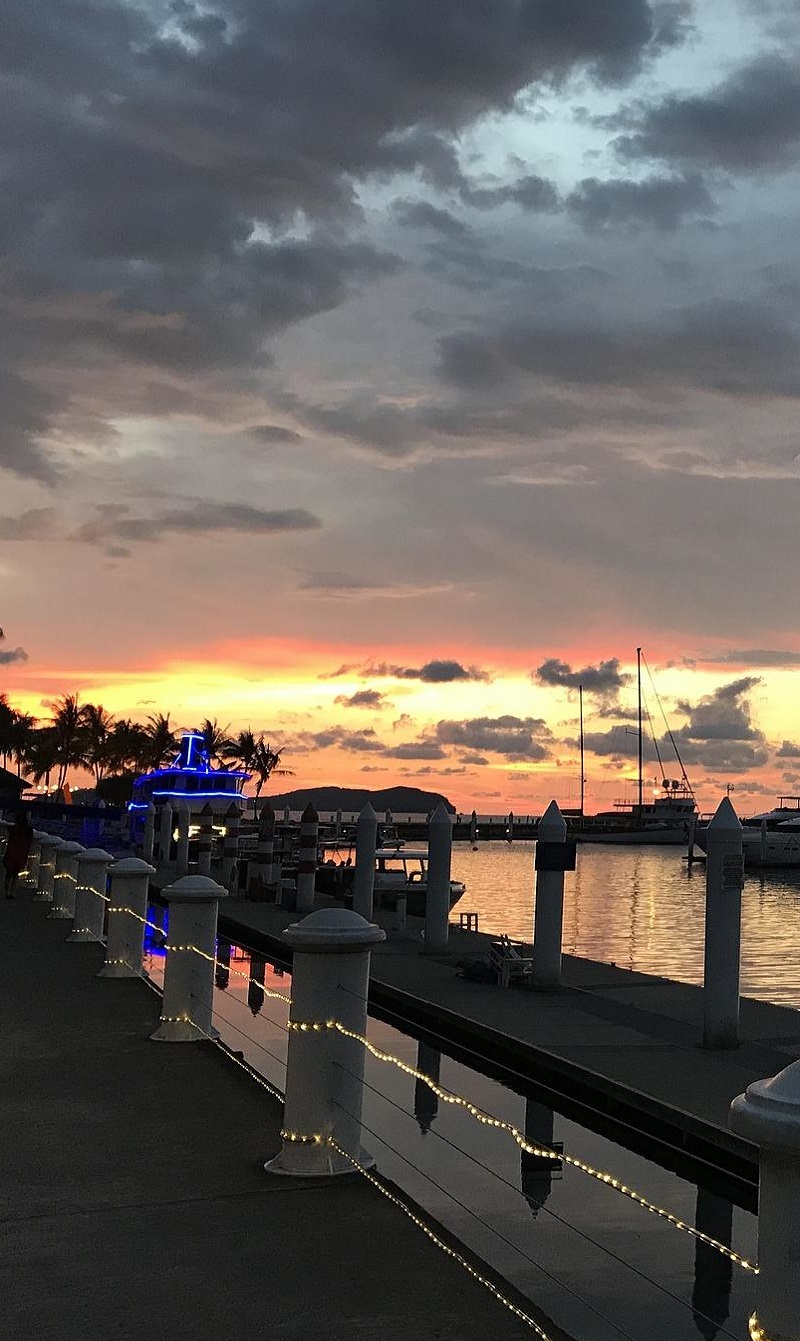From Jakarta to Kalimantan
During the WIEF Roundtable in Kota Kinabalu, Sabah, in March 2020, experts spoke on the shifting of Indonesia’s capital city to Kalimantan and opportunities that may arise from the move. These are highlights from the session.
Jakarta faces dire issues such as massive traffic congestion, pollution and being over populated. Furthermore, it is sinking fast. These mounting pressures have pushed the Indonesian government to make a bold and strategic decision: move its capital city to East Kalimantan, on the island of Borneo.
Kalimantan is located on third largest island in the world, Borneo. It’s an Indonesian territory and makes up two-third of Borneo’s 745,000 sq km. It’s rich in natural resources and a large area of Kalimantan is still covered in large tracts of rainforest which is home to hundreds, if not thousands, of species of flora and fauna. It has a sparse population of a little more than 15 million people. Kalimantan is neighbours with Malaysian states of Sabah and Sarawak on land, and across the sea, the Philippines.
The move from Jakarta to Kalimantan is seen as a catalyst for Borneo to develop economically, which in turn will benefit the Philippines, as well as Malaysian states of Sabah and Sarawak.
Why, When, How
Summarised from the WIEF Roundtable in Kota Kinabalu session with Tri Dewi Virgiyanti, Director of Urban Housing and Settlement Ministry of National Development and Planning, Bappenas Indonesia:
Jakarta, a very big and crowded city, has so many problems. They include traffic congestion, pollution and a high population of more than 10 million, but for the metropolitan area it’s 32 million out of Indonesia’s multicultural population of 238 million. Located in Java Island with a population of 150 million, Jakarta is on one of the smallest islands in Indonesia, around a fifth of the size of Borneo island. Compare this to the 15 million who live in Kalimantan. The difference is wide.
This is one of the reasons the Indonesian government wants to move the capital out of Java. Also, there’s the economic size of Java to consider. Since the population is mostly in Java, 60 per cent of the economy is in Java as well, while only 3.98 per cent is in Kalimantan.
To put it into perspective, between west and east Indonesia, there’s a lack of equality. 80 per cent of the economy is in west of Indonesia such as Java and Sumatra, but only 20 per cent is spread out between four other islands in east Indonesia that includes Kalimantan. Thus, it makes sense to shift Indonesia’s centre of growth to the eastern part of Indonesia that has been considered underdeveloped.
Location, Location, Location
To find the right location, it’s not an easy task. Indonesia has more than 16,000 islands. However, two islands central to Indonesia are Kalimantan and Sulawesi. While Sulawesi is prone to, especially, earthquakes, Kalimantan is quite safe from natural disasters. Also, the location must have a multicultural community already in place, land that’s suitable as well as available to build a city, source of water and a strategic location in terms of infrastructure. Not wanting to build from ground zero, the location should be quite similar to the existing infrastructure. Thus, Kalimantan was chosen as the new location for Indonesia’s capital city.
Principles of Indonesia’s New Capital
There are principles that will shape Indonesia’s new capital city which is scheduled to break ground early 2021 with a construction timeline that ends in 2024.
First, it needs to be a symbol of Indonesia’s national identity. While Jakarta is a city that reflects the colonial era, the new capital will be a smart, green and sustainable city that’ll house an efficient and effective governance, a compact bureaucracy and the city drives economic equity in the eastern region of Indonesia. While the total area is 256,000 hectares, only around 56,000 hectares will be developed to make space for around 1.5 million population that includes civil servants such as police and military, as well as those who drive the economic sector.
Currently, the Indonesian government is looking to define the kind of economic sectors suitable for East Kalimantan or for the new capital to be built upon, besides existing sectors of agriculture, energy and mining. The existing three sectors will be expanded to become sustainable such as renewable energy. They are exploring tourism, international education, health and digital technology. It has been projected that by 2045, the new capital will have almost a population of two million.
It’s also expected that more than 50 per cent of the Indonesia region will benefit through increased trade, the Indonesian economic will rise by 0.1 to 0.2 per cent per annum and the country’s employment multiplier will be around 2.3 to 2.9 that will, hopefully, reduce the gap between the Indonesian regions, especially its east and west regions.
So, how much money is needed? A difficult question. It’s an expensive endeavour. It has been calculated that the first phase of moving, building and developing the capital city will need an estimate of USD32 billion. Funding from investors and private sector will certainly be needed since only one fifth of the estimate is to come from the national budget. To attract investments, incentives as well as schemes have been prepared for public-private partnership and direct investment. Also, a source of income will come from utilising existing assets left behind in Jakarta.
Regional Perspectives on Relocating Indonesia’s Capital City
A speaker at the Roundtable session, H.E. Emmanuel F. Pinol, Chairman, Mindanao Development Authority (MinDA) of Philippines, gives a perspective on the shifting of Indonesia’s capital city. Here’s a summary:
Philippines has long been planning to transfer its government centre from the over populated Metro Manila to the new Clark City, which is a former American base that’s 100 kilometres north of Manila. The Philippines sees a regional economic development spurred by the establishment of Indonesia’s capital in East Kalimantan.
Mindanao for example, the Philippines’ second largest island, along with the island provinces which have long been described as the country’s backdoor, will now have the distinct advantage of being close proximity to Indonesia’s new capital. The focus on the new Indonesia capital is also expected to boost tourism in the region, a development which will benefit not only Indonesia, but also Malaysia, Brunei and southern Philippines. Furthermore, with the expected expansion of the manufacturing sector in East Kalimantan, raw materials are expected to be sourced from areas near the new capital.
Certain preparatory actions must be taken. In this instance, President Joko Widodo has started the preparation by conceptualising the Border Economic Area that involves the clustering of activities extending beyond the convention of special economic zones. The establishment of cross border networks of productivities which encourages the creation of economies by scale, by firms of bordering countries, and achieve well defined goals. It is necessary for Indonesia to lead the way towards strengthening the regional market.
Dependence on one or two large economies as principal players in our own economic growth could be disastrous. However, playing the cards right may result in countries in the region soaring high on the wings of Indonesia’s capital shift. Maybe by creating an independent sub-regional economy, by helping one another, it’s possible to turn an ant hill into an economic mountain.
Speaker at the session, Hajjah Nor Zalida Ahmad, Head of Communication for Lebuhraya Borneo Utara, Sarawak, stated:
Both Sarawak and Sabah have been talking about having connectivity around the big island of Borneo back in 1963, when it became a part of Malaysia. The move to Kalimantan presents so many multiple opportunities and possibilities but it’s so important to tap into them and get more segments of society to seize these opportunities – a better infrastructure for goods, people, services, for economic grow and the multiplier effect. The potential is so big. The 1,000km stretch of Pan Borneo Highway Sarawak covers one end of Sarawak to the other, connecting onwards to Brunei and Sabah. However, infrastructure for connectivity is on-going. There’s so much potential for tourism once there’s good connectivity. There’s a lot to gain from supporting a big picture and this includes, creating employment opportunities and knowledge sharing as well as transfer.
Speaker Datuk Seri Panglima Wong Khen Thau, Chairman of MICCI Sabah Branch, stated:
The shifting of the Indonesian capital to Kalimantan, it brings capital as well as major cities of the region closer to each other – around or less than two hours by flight. Sabah may be three quarter the size of Peninsular Malaysia but it’s a significant part of Brunei Darussalam-Indonesia-Malaysia-Philippines East ASEAN Growth Area (BIMP-EAGA) than any others in the region. Why? It’s because, apart from Malaysian, there are Indonesians here, a lot of Bruneian and Filipinos here.
Furthermore, Sabah is a natural hub for the far east because it’s right in the centre of Southeast Asia and within six hours to all major economic powerhouses of the region including India and China. It’s the right choice to move the capital city to Kalimantan. But where there’s opportunity, there are all also a lot of challenges. Looking at past examples of planned capital cities such as Putrajaya and Canberaa, they seemed to focus too much on the administrative sector that may discourage tourism, for instance.
It may be likely that most tourists or people will still go to Jakarta because it has a lot to offer in terms of food, industry entertainment and more. Thus, these factors should be explored seriously when talking about how to tap into the opportunities offered by a place like Kalimantan.
Speaker Pengiran Dr Haji Mohd Yakub bin Pengiran Haji Othman, Advisor for Brunei-China One Belt One Road Association, stated:
Between Brunei and Sabah, there’s already an easy connectivity and connection. Choosing to move a capital city with all the high cost it incurs, over other compelling priorities such as reducing poverty, improving quality of education and increasing healthcare, isn’t an easy decision. There are requirements that need to be prepared and provided to make the new city attractive, create the right environment, such as reducing regulations in order to attract investment. Indonesia has offered several projects in North Kalimantan, including construction of hydropower plants to China and its One Belt One Road initiative that accounts for 31 per cent of global GDP.
Brunei has always promoted industries and welcome foreign direct investment. It’s always difficult to get foreign direct investment and now, Brunei has gained now a vast project at Pulau Muara Besar with the involvement of Hengyi and possible investment from the Chinese government. For certain, the economic benefit will trickle-down to neighbouring provinces such as Balikpapan and Samarinda. Or it may not. However, with involvement of countries like UAE, Japan and China, there’ll be other countries that will invest towards the shifting of Jakarta to Borneo. And foreign investment will obviously want to take advantage of the various economic opportunities available.
Interestingly, there was a report on the shift of the new capital that will bring about only marginal improvements. This is because the shift is only about moving government and not businesses. Jakarta has been the centre of business and other services. So, just by moving government, there wouldn’t be much contribution to the national growth of Indonesia as a whole. For example, the report states that the new capital will contribute an additional 0.02 per cent to the Indonesia’s economic growth, 0.17 per cent to total investments, 0.02 per cent to total export and imports, and 0.05 per cent to total employment rates. Still, even though Brunei is a little far from the new capital city, there’s hope that such predictions wouldn’t deter prospective foreign direct investment, and change Indonesia’s decision to move the capital to Borneo.
Read Relocating Capitals for more insights.
Read summary of WIEF Roundtable in Kota Kinabalu session on investment opportunities in Sabah here.
Main photo by Fuzz from Pixabay



